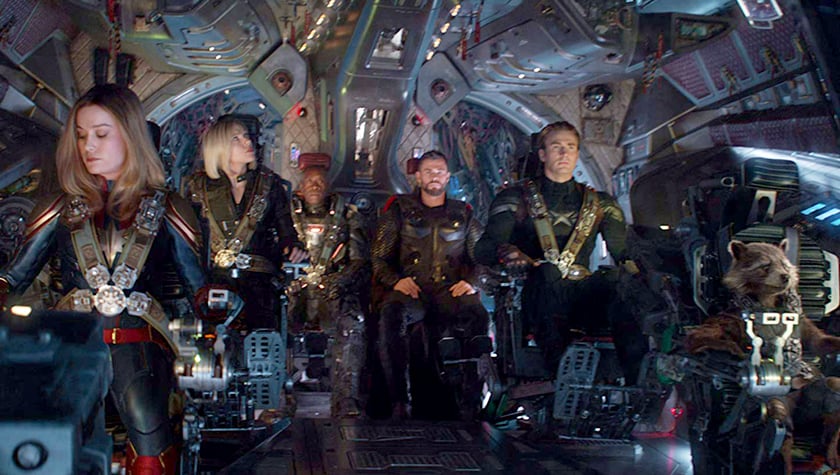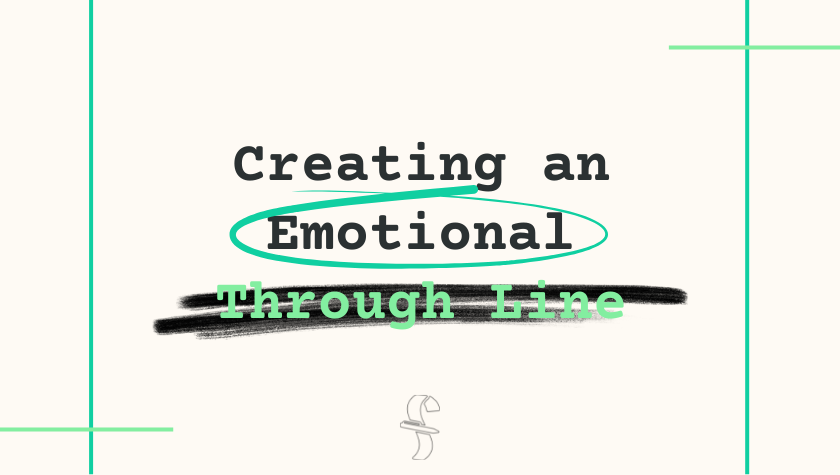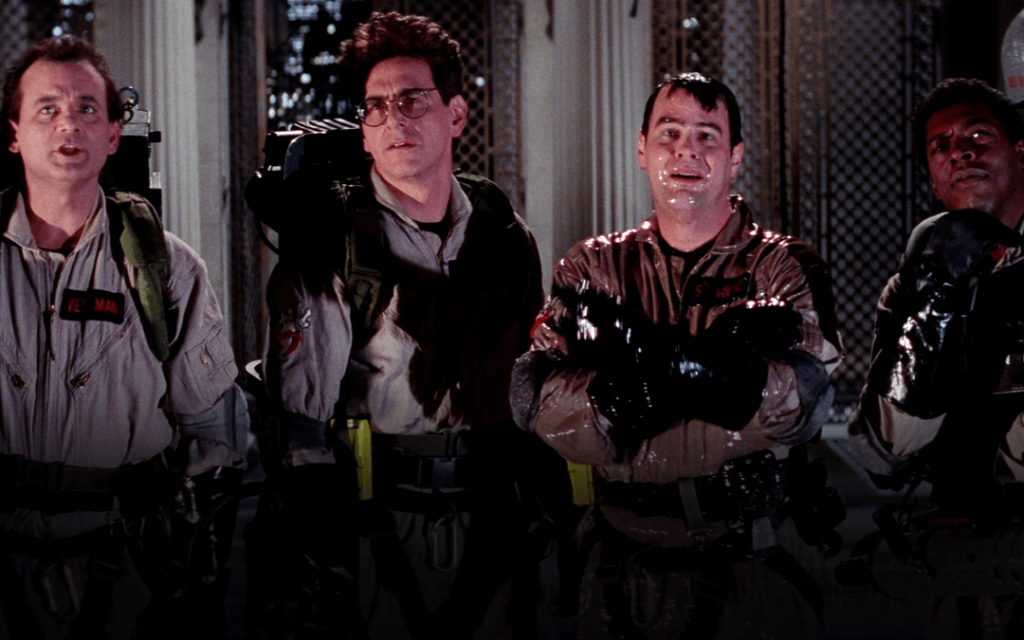How to Write a Comedy Set: Inspired by Michael Bluth and Liz Lemon
September 1, 2016
Arrested Development may be one of the best “character comedies” of the last decade. If you aren’t familiar with the show, it revolves around Michael Bluth: son, father, brother, hermano, uncle (maybe), boss and client to some of the most outlandish characters on television.
Michael’s character alone is not particularly funny. The pilot episode merely introduces him as “a good man”. But then, one-by-one, we meet his family members, each character in the Bluth world more eccentric than the last. As their outlandishness build to a crescendo, there's Michael again. Michael’s presence and steady demeanor lay the groundwork for the other characters’ offbeat comedy to play against. Imagine Arrested Development without Michael: the show would be utter chaos. Each Bluth would competing and contrasting, rather than complimenting one another as an ensemble.
Michael Bluth doesn’t just serve the show by setting up jokes; he also provides the point of view through which we follow the story. He is the one with the goals and needs, he drives the plot. In doing so, he faces opposition not from one antagonist or two, but half a dozen. His quest to become the head of the Bluth Company justifies the ongoing interaction with the show’s other characters. While not particularly funny himself, Michael puts the “situation” in the sit-com.
Lastly, Michael’s character keeps the show grounded. His lack of eccentricity gives us a hero we can follow without getting distracted or confused. While the audience may see a little of themselves in other characters, Michael is the one we can most identify with. As Jason Bateman told The Guardian (of Michael Bluth): “These more eccentric characters are – well, it just doesn’t work as well if there isn’t something solid for them to bounce off. So in the interests of making it work, as funny as they’re being, I have to be equally still, because I’m the audience,” he says.
Many comedy writers in an effort to maximize laughs will make their hero the funniest person on screen. Charlie Harper in Two and a Half Men delivers most of the show’s punch lines, as does Frasier Crane (usually with an assist from Niles). But in Arrested Development we get the opposite – a protagonist that rarely delivers punch lines of his own, but constantly sets the table for his fellow cast.
The concept of the “straight man” goes back further than Abbott and Costello, and the days of the comedy duo. A "straight man" or "set-up man", as Mel Brooks put it, “is the hardest working person in comedy”. In modern comedies, a protagonist who lobs softballs is increasingly rare; but for many writers a "set-up man" may be the wisest starting point for a memorable comedy scene or screenplay. In the case of Arrested Development, the result is a perfect foundation for an ensemble comedy, and a normalized world in which the Bluth family is crazy by comparison.
Written by: Joe Taylor
Joe Taylor is a writer, director and standup comedian in Los Angeles. His short film Last Call will be premiering at the Portland Film Festival on September 2, 2016 and he can be seen regularly performing standup around California. He is an alum of the iO West Comedy Writers' Room program and Writing Machine sitcom track. Joe was also a Top 3 Finalist in the 2015 Big Break℠ contest for a spec episode of BoJack Horseman.- Topics:
- Screenwriting & Craft




